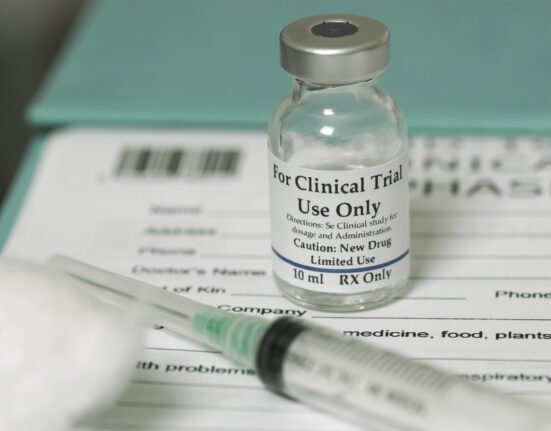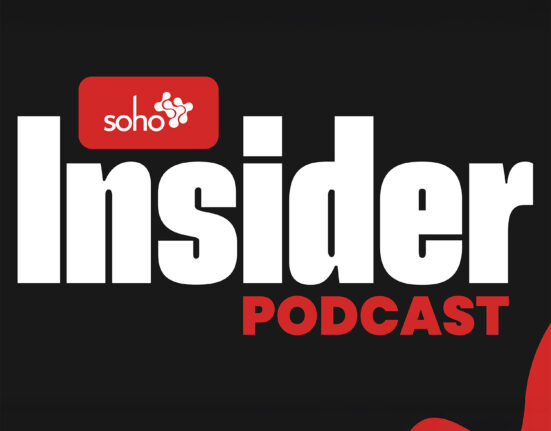The European Commission has approved isatuximab in combination with bortezomib, lenalidomide, and dexamethasone (VRd) for the induction treatment of adult patients with newly diagnosed multiple myeloma (MM) who are eligible for autologous stem cell transplant.
The approval follows the positive opinion by the European Medicines Agency’s Committee for Medicinal Products for Human Use on June 19, 2025.
The approval is based on results from part one of the two-part, double-randomized, German-speaking Myeloma Multicenter Group (GMMG)-HD7 phase 3 study, which was designed to independently assess the effects of isatuximab during the induction and maintenance phases.
The isatuximab-VRd combination demonstrated a deep and rapid response in transplant-eligible (TE) newly diagnosed MM patients compared to VRd alone, reflected by a statistically significant measurable residual disease (MRD) negativity benefit at the end of the 18-week induction period, which was the primary endpoint of part one. MRD negativity was assessed by next-generation flow cytometry (sensitivity of 1×10–5) after induction, according to a press release from Sanofi, the manufacturer of the drug.
The MRD results were supported by the final progression-free survival (PFS) analysis of part one (induction and transplant), which demonstrated a statistically significant and clinically meaningful improvement in PFS in patients treated with isatuximab-VRd during induction, regardless of the maintenance therapy received, Sanofi said.
Additionally, the majority (53.1%) of patients receiving isatuximab-VRd experienced continued MRD negativity (compared to 38% in the control arm), defined as MRD negativity persisting from post-induction to post-transplant, which was consistent with the prolonged PFS benefit.
The GMMG-HD7 study enrolled 662 patients with TE newly diagnosed MM across 67 sites in Germany. In the first part of the study, all participants were equally randomized to receive three 42-day induction cycles of VRd in both arms of the study, while isatuximab was added to only one study arm. After induction treatment, all patients received intensification therapy with autologous stem cell transplant. In the second part of the study, patients were re-randomized post-transplant to receive isatuximab plus lenalidomide or lenalidomide alone as maintenance therapy. During part one of the study, isatuximab was administered through an intravenous infusion at a dose of 10 mg/kg once weekly for the first four weeks of cycle one, then every other week for the rest of the induction period.







